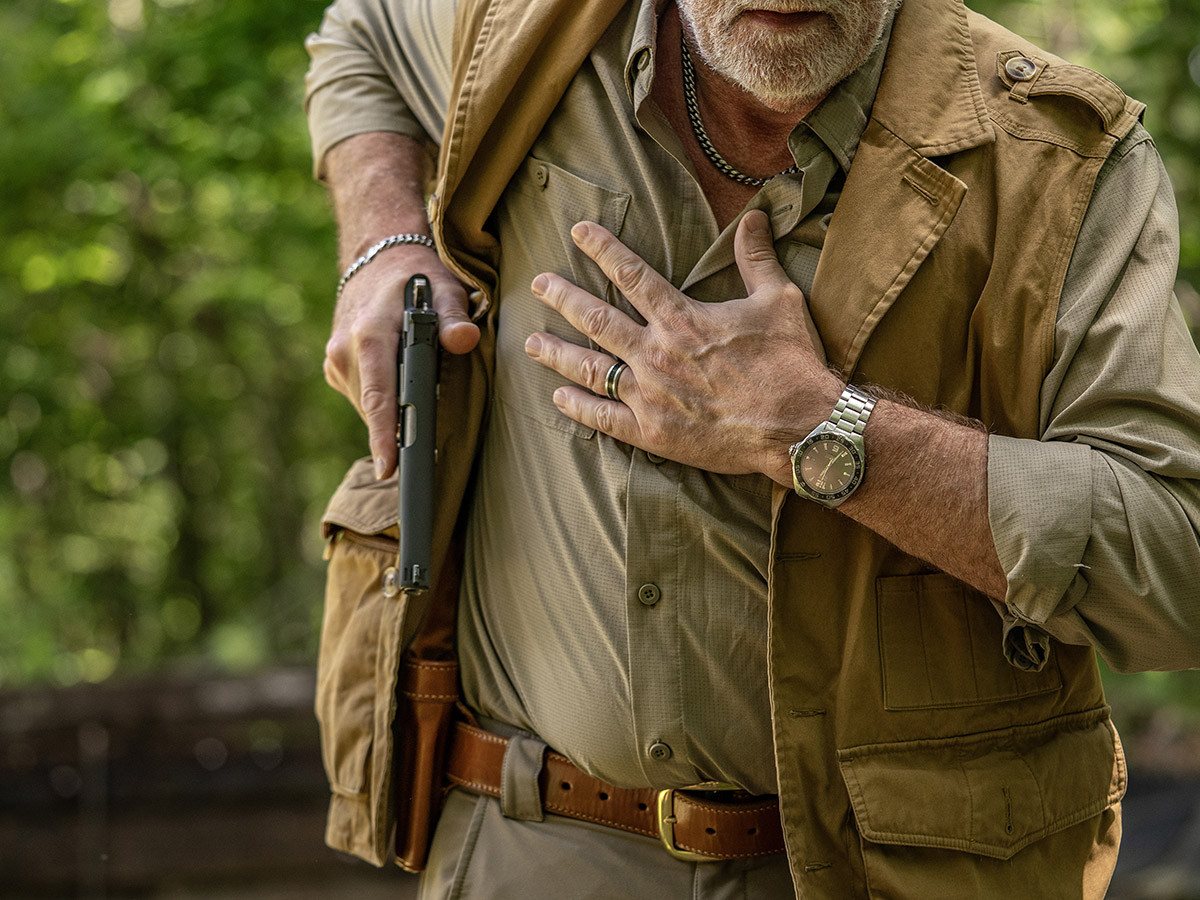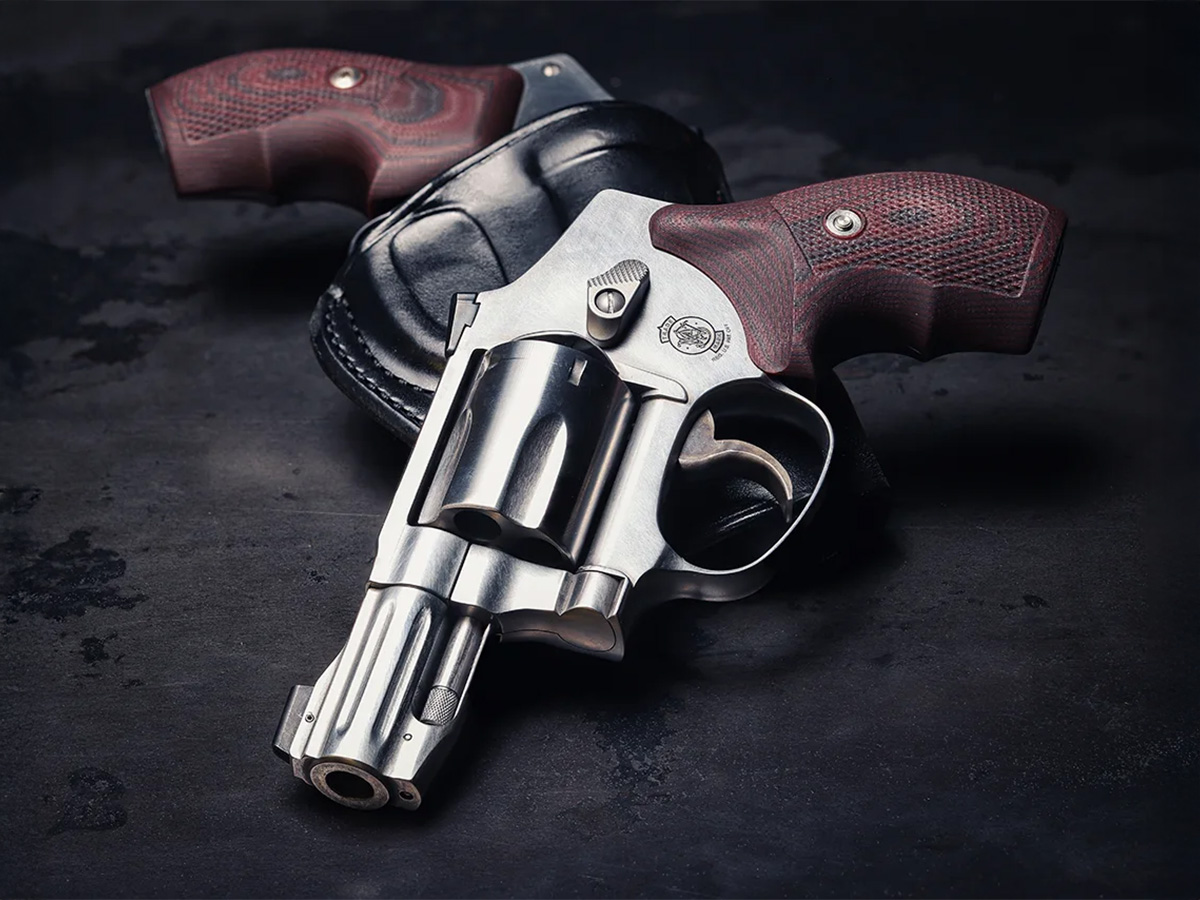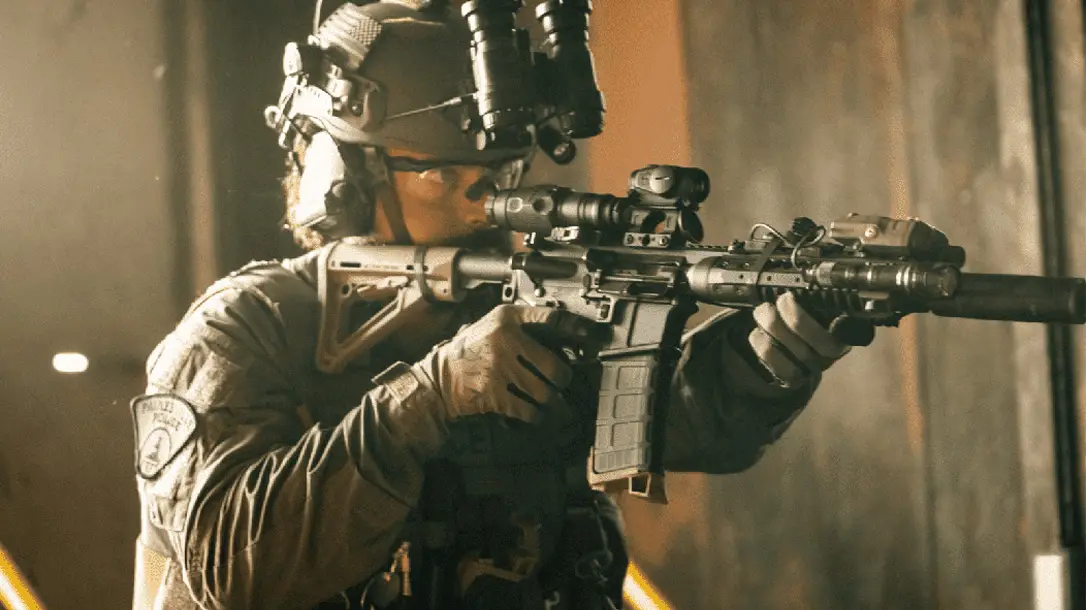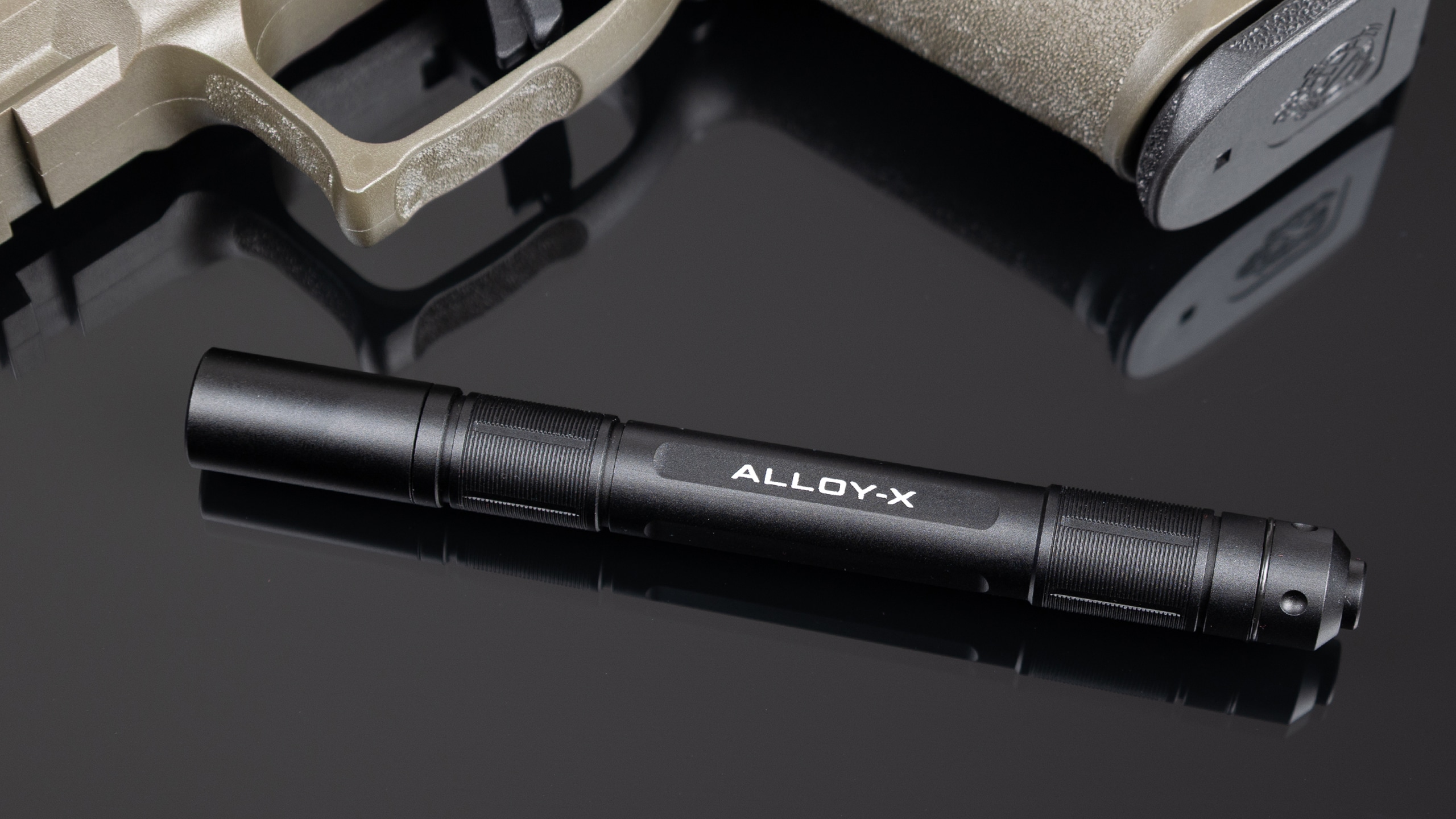The Four Wheels

The prime directive for all performance shooters is simply “Bring stability to alignment and press the shot off without disrupting that alignment.” Elite shooters endeavor to follow this directive as opposed to chase after the results of this process, which are speed and accuracy—the mere measurements of how long it took to complete the task (speed), and where the round ended up (accuracy).
The best kept secret of the professionals is that “speed” and “accuracy” are misperceived illusions—spectral artifacts of measurements that don’t even exist during the process. It is the exact reason why they adhere to the process and are met with greater than 85-percent success rate in repeatability, aka consistency.
The prime directive is underpinned by four subprocesses which structurally support its form and function. There are also known as the “four wheels” upon which the performance machine rolls.
Wheel 1: The Mechanical Process
The mechanical process is the precise, repeatable sequence of physical movements that forms the foundation of any physical skill. It includes proprioceptors to develop kinesthetic alignment, gun-handling skills such as loading, unloading, reloading, sustained grip pressure and structural support, ensuring that actions are executed with efficiency.
Without it, performance becomes attenuated, especially under stress or fatigue. Proper mechanics streamline motion, reduce wasted movement and allow actions to be performed more quickly and accurately, which is crucial in any high-performance context.
Mechanics also provide the framework for diagnosing and correcting errors. When a process is clearly defined, you can identify exactly where things went wrong and make targeted adjustments. This not only accelerates learning but also builds resilience, allowing performance to endure under pressure.
Wheel 2: The Visual Process
A visual process is the intentional use of your eyes to guide performance: scanning, locking, tracking and processing visual information in a structured way.
In any human performance domain, vision drives action. Your body follows your eyes, and if your visual process is disorganized or reactive, your physical response will be commensurately delayed or inaccurate. A structured visual process ensures that the brain receives clean, prioritized information, allowing for faster decisions and smoother execution.
The visual process is comprised of two components—visual focus, that is hard target focus—especially when employing carry optics, and visual awareness (of the dot if you’re using an optical sighting system). Following the visual process is critical because it creates alignment between perception and movement.
Form degrades under duress. A trained visual sequence maintains your ability to point the gun well. It’s not just about seeing, it’s about how and what you see and when trained properly, vision becomes a proactive tool that anchors performance under pressure.
Wheel 3: The Mental Process
A mental or cognitive process is the internal framework that guides thought, decision-making and focus during performance. It includes how you manage attention, process information, anticipate outcomes and control internal dialogue.
It keeps you on track with how many rounds need to be delivered and where, plus any and all operational considerations. Without a structured cognitive process, the mind can become scattered or reactive, leading to delay, interference or poor timing. Just like physical mechanics, the mind needs a deliberate sequence to operate efficiently under pressure.
Following a cognitive process is critical because it keeps you mentally organized and connected to the overarching shooting process. In high-stakes environments, stress can cloud judgment or trigger impulsive actions. A trained mental sequence acts like an internal compass, helping you remain calm, filter distractions and execute with purpose. It transforms performance from reactive to intentional, allowing you to think clearly, adapt quickly and maintain control even in the most chaotic situations.
Wheel 4: The Intentional Process
An intentional process is the deliberate commitment to act with purpose and direction. It means choosing to engage fully knowing why you’re doing something, not just how. Unlike cognitive processing, which deals with thoughts and analysis, intentionality speaks to the will behind action. Without it, even good mechanics and a good visual process can become diffused, disconnected or misaligned with the desired outcome. Following an intentional process is critical because it anchors performance by keeping your actions aligned with your goals, prevents drift and reinforces consistency under stress.
When intention is clear, the body, mind and perception synchronize which locks you into the shooting process. You stop being disconnected and start directing, ensuring every movement and micro adjustment serves a clear and meaningful purpose.
Wheeling On
The mental process is about attention versus the intentional process. The visual process is about laser-beam visual focus and awareness. These are the subprocesses that afford you optimal control of the shooting process. When it comes to performance training, their value as a indispensable tools is comparable to no other.
The overall mechanism that makes the wheels turn also happens to be the greatest teacher of all time: errors. If you’re not making mistakes, you’re not pushing yourself past your comfort zone which happens to be the exact line of demarcation of your skills envelope. Blow past that ephemeral fence and you’ve increased your skills.
Learn to push the edge of your envelope until one of the wheels fall off. It is the only way to find the low-hanging fruit your weakest link in the shooting process, your inefficiencies. You can’t fix something you can’t see, so get comfortable with making more mistakes in training.
Ultimately, mechanical precision transforms mental focus, visual process and human intention into action. All four wheels are structural contact points that keep you connected to the path of mastery.







